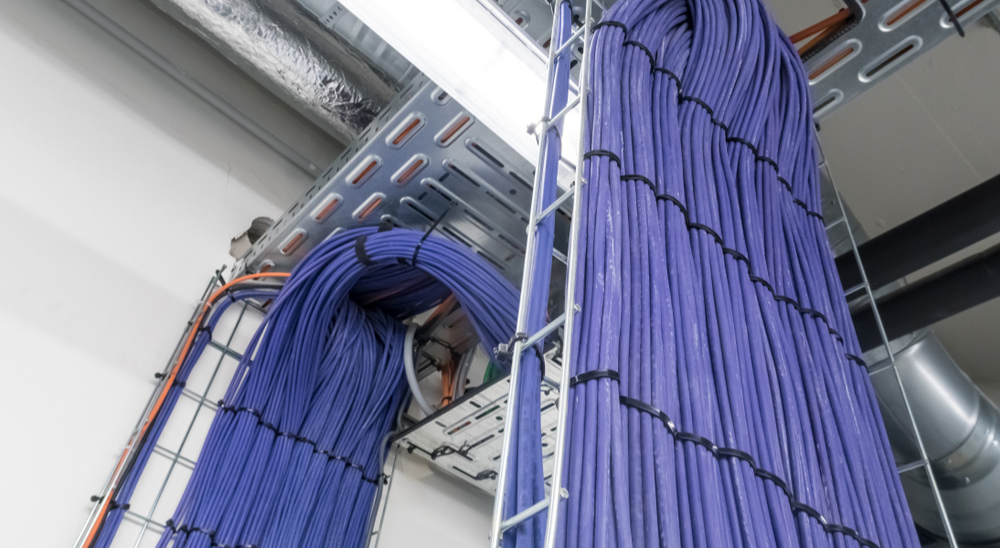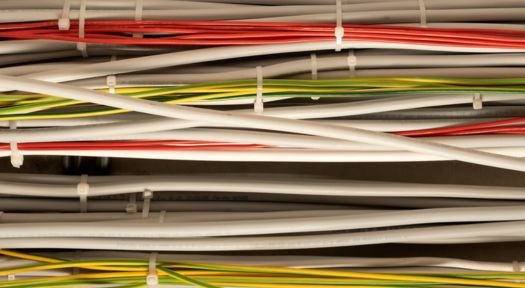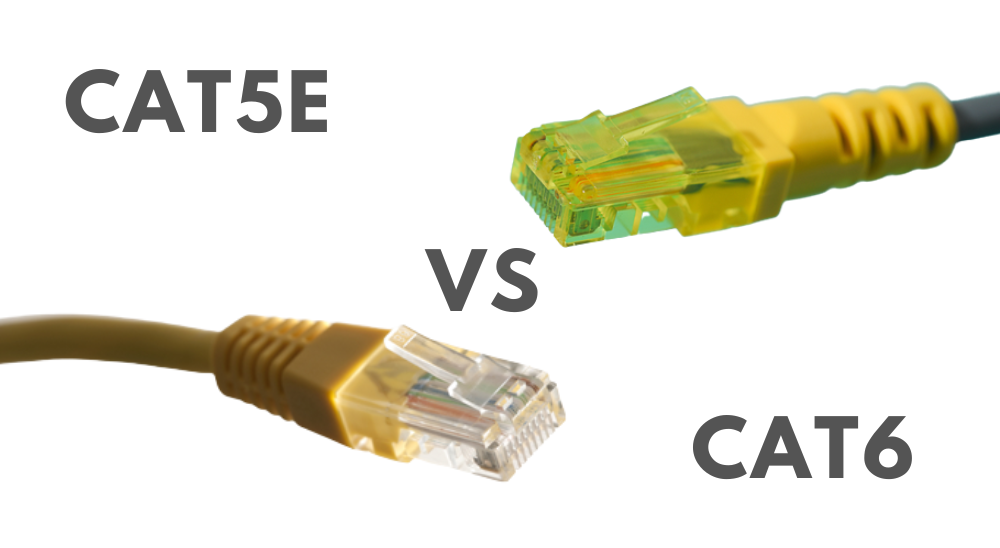Structured Cabling Standards For Commercial Buildings
Posted : 5-March-2024
In the dynamic landscape of modern commercial infrastructure, the backbone of seamless connectivity and efficient data transmission lies in structured cabling. As businesses evolve and expand, the demand for robust networking solutions escalates, making adherence to structured cabling standards imperative for sustained operational excellence. In this comprehensive guide, we delve deep into the intricacies of structured cabling standards for commercial buildings, elucidating the significance, implementation, and benefits thereof.
Understanding the Essence of Structured Cabling
Structured cabling serves as the fundamental framework for establishing a reliable network infrastructure within commercial premises. It encompasses a systematic approach to organizing and deploying cables, connectors, and related hardware to facilitate seamless communication across various devices and systems. Unlike traditional point-to-point cabling systems, structured cabling adheres to standardized protocols, ensuring scalability, flexibility, and ease of maintenance.
ANSI/TIA-568 Standard: The Cornerstone of Structured Cabling
At the heart of structured cabling standards lies the ANSI/TIA-568 standard, a pivotal framework established by the American National Standards Institute (ANSI) and the Telecommunications Industry Association (TIA). This comprehensive standard delineates the specifications for designing, installing, and managing commercial building telecommunications cabling systems. It encompasses various elements, including cable types, connectors, wiring configurations, and performance criteria, to ensure interoperability and optimal network performance.
Components of Structured Cabling Systems
Structured cabling systems comprise several key components, each playing a crucial role in ensuring reliable data transmission and network integrity:
1. Cables
Structured cabling systems utilize a variety of cables, including cat6 plenum copper, cat5e plenum cable, cat7 plenum, and cat6a plenum cable, to facilitate data transmission over short and long distances. These cables adhere to stringent performance specifications outlined in standards such as ANSI/TIA-568 and provide the necessary bandwidth and reliability for modern networking applications.
2. Patch Panels
Patch panels serve as the central interface point for connecting horizontal and vertical cabling within a commercial building. They facilitate easy cable management, organization, and troubleshooting, allowing for seamless connectivity between network devices, servers, and workstations.
3. Patch Cords
Patch cords, also known as patch cables, are short-length cables used to establish connections between network equipment and patch panels. Explore commercial building cabling standards at bncables.com. They’re available in various configurations, ensuring flexibility and connectivity.
4. Racks and Enclosures
Racks and enclosures provide the infrastructure for housing and securing networking equipment, including servers, switches, and patch panels. They vary in size and configuration to suit commercial needs, optimizing space use and cable management.
Benefits of Adhering to Structured Cabling Standards
Implementing structured cabling standards in commercial buildings offers a plethora of benefits, including:
- Scalability: Structured cabling systems are scalable, enabling businesses to expand their networks for growth and evolving tech needs.
- Reliability: Following standards and best practices ensures reliable data transmission, minimizing downtime and boosting operational efficiency.
- Flexibility: Structured cabling systems provide unmatched flexibility, allowing businesses to adapt to tech changes and upgrade smoothly.
- Ease of Maintenance: Clear cable layouts and documentation in structured cabling ease troubleshooting and maintenance, cutting costs and downtime.
Network Management
Effective network management is paramount in ensuring optimal performance and security within structured cabling environments. With robust management, businesses streamline operations, monitor performance, and minimize downtime for seamless connectivity.
Conclusion
In conclusion, structured cabling standards are vital for modern commercial networks, ensuring reliable, scalable, and efficient communication systems. By following ANSI/TIA-568 standards and using advanced technologies like cat6 plenum and cat6a cable, businesses can ensure seamless connectivity, boost productivity, and stay competitive.
Latest Blog
-

When Should You Upgrade Your Internet Cable?
Read More -

What You Need to Know for Safe Networking
Read More -

Why Ethernet Cables Are Crucial for Commercial Areas
Read More -

Category Cables Plenum Safe and Efficient Networking
Read More -

How Cat6 Plenum Cable Enhances Your Gaming Experience
Read More -

Cat5e, Cat6, Cat6a and Cat7: Ethernet Cable Differences and Similarities
Read More -

Category Cable Services in USA
Read More -

Structured Cabling Standards For Commercial Buildings
Read More -

Evolution Of Ethernet Cables: Cat5e vs Cat6
Read More -

Select the Right Shielded Cable for your Network
Read More









